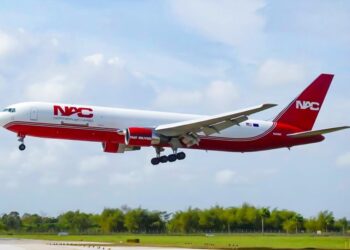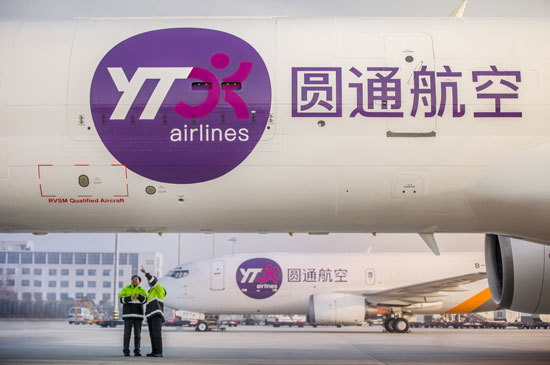Air cargo volume growth flattens in June
 When Netherlands-based WorldACD reported air cargo performance results for May, the outlook for continued cargo growth was in question, summarized as “Is the party really over?” With yesterday’s release of June results from WorldACD, the answer seems to suggest that although the party isn’t truly winding down, it is certainly on hiatus for the summer.
When Netherlands-based WorldACD reported air cargo performance results for May, the outlook for continued cargo growth was in question, summarized as “Is the party really over?” With yesterday’s release of June results from WorldACD, the answer seems to suggest that although the party isn’t truly winding down, it is certainly on hiatus for the summer.
As we have already noted in our coverage of carrier and airport traffic for June, year-over-year cargo volumes were lower for operators in North America, Europe, and Asia, with many declines among European airports in particular. With only those preliminary results, we noted that growth constraints at certain airports could be a factor in the decline, but the latest WorldACD results indicate that the slowdown in growth during the month reflects a global trend.
WorldACD reported a 0.4% y-o-y increase in chargeable weight in June, marking the first reported month of stagnant growth from WorldACD in two years. How the ongoing trade war that began in earnest during July will impact air cargo traffic remains to be seen, but air cargo volumes from China to the United States have already declined in June compared to earlier this year. WorldACD noted that air exports from China declined 5.9% y-o-y, compared to a smaller decline of 2.9% during the first half of 2018. Volumes from China to Europe also declined 2.9% in June, but the picture isn’t entirely bleak – exports from the US to Europe grew 3.7% y-o-y in June, and US-China exports by air rose 3%.
Yields were another positive note, as the worldwide air cargo yield stood roughly in line with revised yields for May, at US$1.90 in June. In USD, yields increased 12.9% y-o-y for the month, while measured in euros, the yield rose by 9% y-o-y.
The eventual slowdown in y-o-y growth was inevitable, but the real question is, what does this mean going forward? The imposition of some tariffs and the possibility of more has introduced a substantial amount of uncertainty into global trade, but the fact that the slowdown in growth materialized during the traditionally slower summer months shouldn’t be discounted. July results, which should serve as an indicator for the potential impact of tariffs through the rest of the year, will likely provide a better picture of the impact of protectionism on global air cargo traffic.





